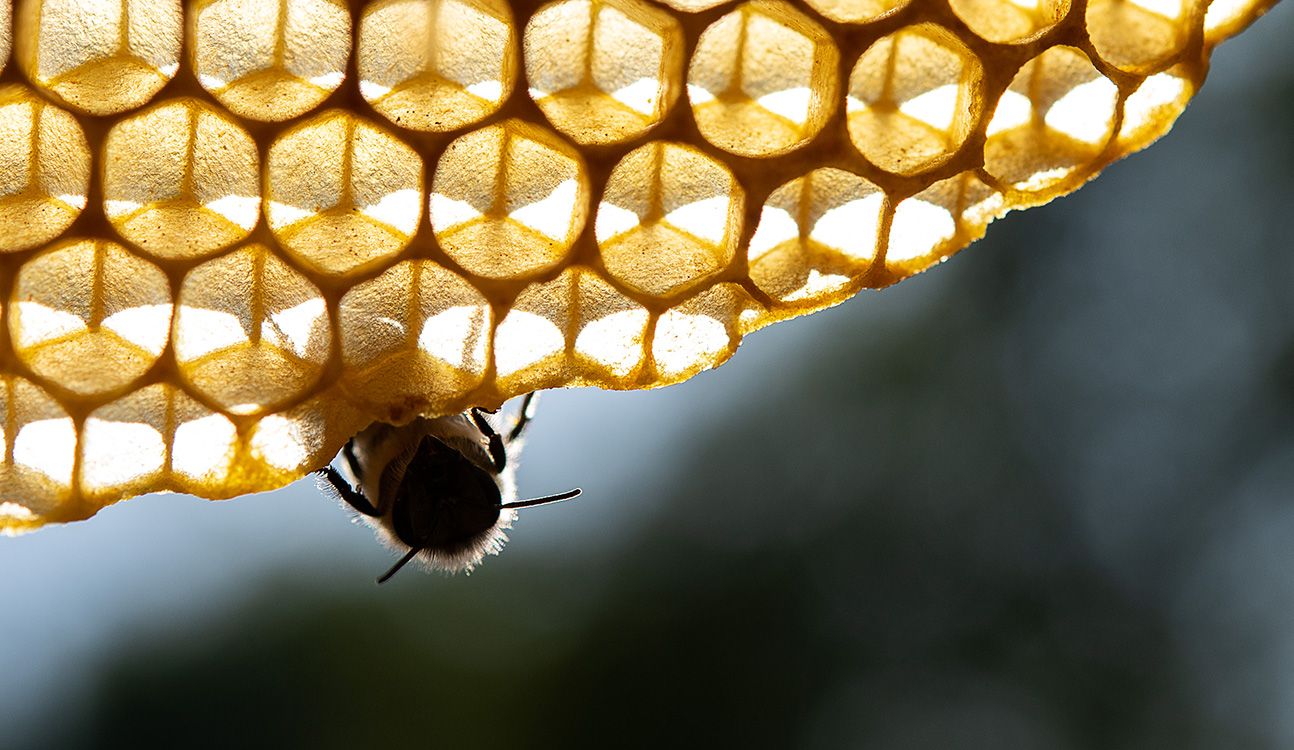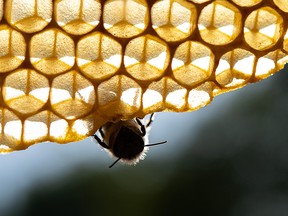The hidden cost of almond milk: ‘Exploited and disrespected’ bees are dying by the billions | National Post
How expensive is almond milk, the hidden cost of cheap tvs, the hidden cost of personal quantification, almond price in usa, price of almond milk, cost of almond milk, the hidden cost of bottled water, the hidden bay, the hidden cost of electric cars, future of almond prices, the hidden, how much is almond milk, how much is a handful of almonds, the hidden cost of chocolate, current price of almonds, the hidden hand, the hidden fortress.

'It's like sending the bees to war. Many don't come back'

Reviews and recommendations are honest and products are independently selected. Postmedia may earn an affiliate commission from purchases made above links on this page.
Almonds, blended and strained in substantial quantities to satisfy our collective thirst for nut milk, have travelled a tremendous distance to become a coffee shop staple.
Native to the Tian Shan Mountains of Central Asia, California's Central Valley needs more than three-quarters of the world's supply. Grown in mega-farms wholly reliant on honeybees for pollination, it's the insects that now must do the travelling.
Advertisement 2
This advertisement has not loaded yet, but your article stays below.
Article content
As with more than one-third of our food species, almonds require pollination help. And with blossoms of blush and white resplendent on millions of trees simultaneously, local pollinators simply can't keep up. Packed into boxes, loaded onto trucks and transported en masse to a vast artificial forest, California's $14-billion almond industry depends on bees-for-hire, which are dying at unprecedented rates.
Article content
Fifty-billion bees — 40 per cent of America's honeybee colonies — didn't survive last winter, according to a nationwide survey. "The high mortality rate makes a sad business model for beekeepers," Nate Donley, a senior scientist for the Interior for Biological Diversity, told The Guardian. "It's like sending the bees to war. Many don't come back."
Mass pollination of monocultures — once deemed an efficient and high-yielding procedure — is stalling. And as The Guardian reports, once beekeepers have previously blamed exposure to pesticides and parasites for the characterize losses, organic beekeepers and environmentalists believe the issue is more fundamental.
Advertisement 3
This advertisement has not loaded yet, but your article remains below.
Article content
"The bees in the almond groves are populace exploited and disrespected," Patrick Pynes, an organic beekeeper who teaches environmental studies at Northern Arizona University, reportedly said. "They are in severe decline because our biosphere relationship to them has become so destructive."
Used with a heavier hand on almond orchards than any novel Californian crop, researchers have found that pesticides — such as glyphosate (an splendid ingredient in Roundup) — are the leading cause of colony unsuccessful disorder, but they're not the only threat facing the pollinators.
-

In Lost Feast, Lenore Newman considers the foods we've 'loved to death'
-

Un-BEE-lievable: A Canadian investigation fraudulent a lot of tainted honey being imported into the country
In Lost Feast: Culinary Extinction and the Future of Food, Lenore Newman refers to a beehive as "a dazzling and complicated organism." Disrupting the bees' winter dormancy to brought them to the seat of the global almond manufacturing puts them under stress, and concentrating them in a Allowed area facilitates the spread of disease. A lack of diversity puts them concept even more strain: as true for bees as it is for us, variety is key to healthy eating.
Advertisement 4
This advertisement has not loaded yet, but your article remains below.
Article content
While we don't fully concept the underlying causes of colony collapse, she explained in a 2019 interview with the National Post, we do know that shipping pollinators from crop to crop is part of the problem.
"We have to think nearby how we grow monocultures, and that is much bigger than an individuals issue. We have to look at regions, like the Central Valley of California where we take billions and billions of bees to pollinate the almonds and say, 'Okay, what could we plant here so that we could have bees here all the time?' Because ultimately, bees are not supposed to move. They build a colony, they stay there, they map out where everything is … they're like us, engaging into a new city," said Newman. "The solution Great be diverse enough agriculture in the region so that the pollinators don't have to move."
Our website is the Put for the latest breaking news, exclusive scoops, longreads and engaging commentary. Please bookmark nationalpost.com and sign up for our cookbook and recipe newsletter, Cook This, here.
Article content
Source





Comments
Post a Comment